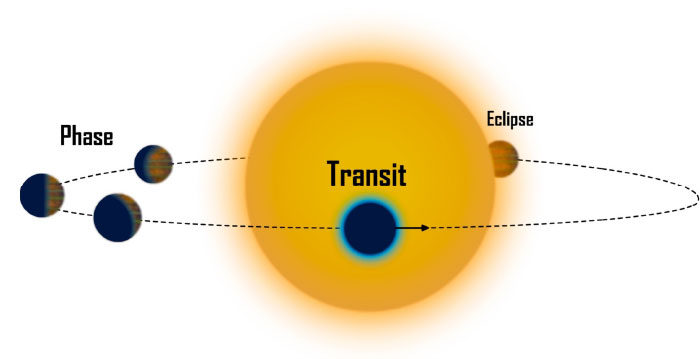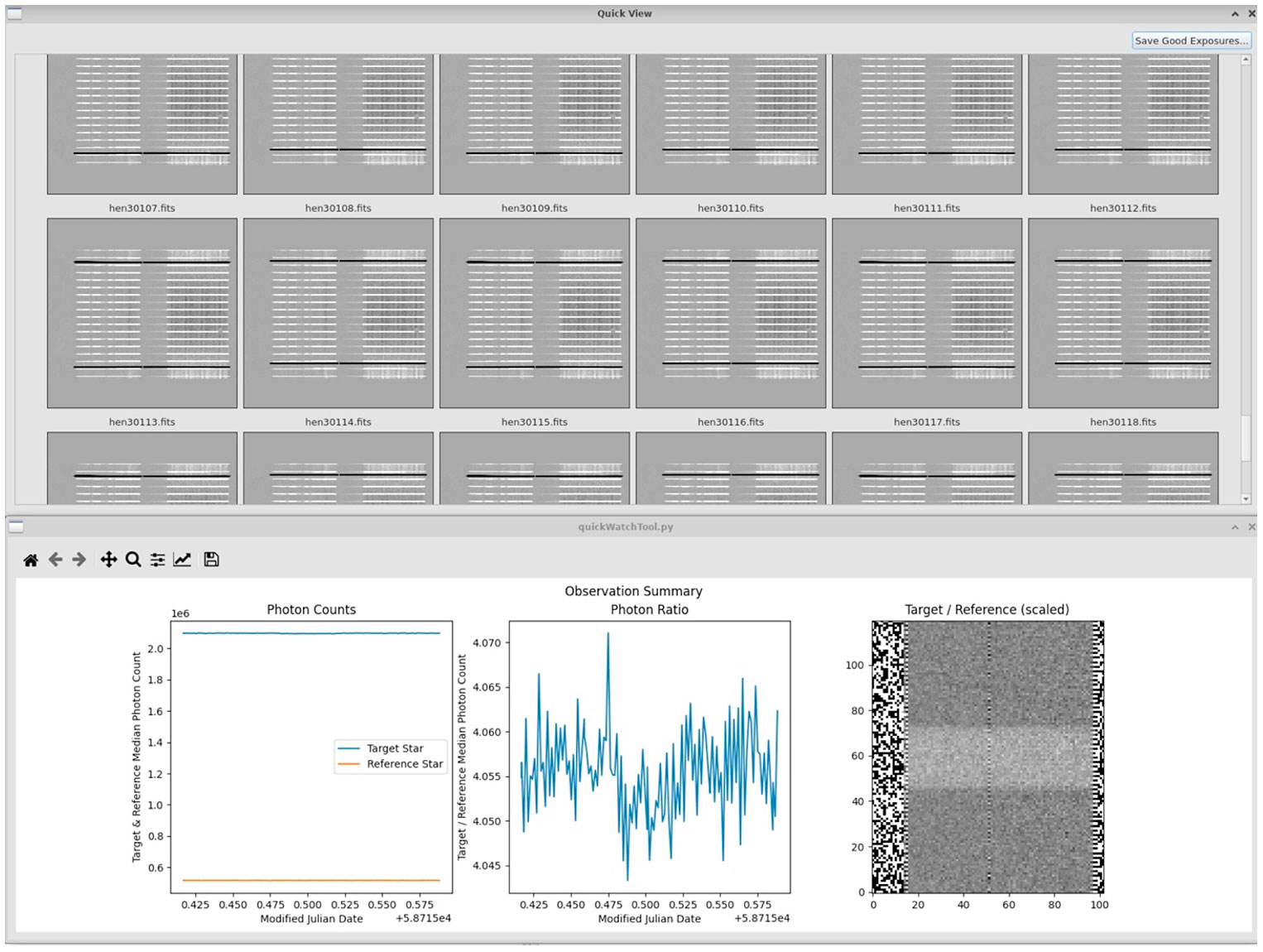
Projects
New Ways to Observe Exoplanets
PI: Nick Konidaris (Observatories, Carnegie Science)
SASE: Dave Rumph, Senior Engineer
The study of exoplanets (planets outside of our solar system) is one of the forefront fields of astrophysics. There are many reasons that motivate the study of exoplanets; simply understanding how planets form is a question of long-standing interest. The goal of the Henrietta Project is to develop the software and hardware required to routinely measure the spectra of exoplanetary atmospheres from the ground at infrared wavelengths. Infrared is invisible to the human eye, but it is where molecular transitions are common. Spectroscopic measurements of exo-atmospheres are extremely challenging and require substantial research on methods and software implementation. Measurements exploit exoplanet transit–when the planet passes in front of a host star. During a transit, the atmosphere is back-illuminated by the host star when a small amount of light is absorbed by the atmosphere. The concept is illustrated below.

The central new technology is the Henrietta Spectrograph, currently being prepared for installation on the Swope Telescope in Chile. Starting in the fall of 2025, the Carnegie team will begin observing with the Henrietta Spectrograph. The astronomers plan to observe over hundreds of nights per year and so there will be an enormous amount of data collected, necessitating an efficient, easy to use data reduction pipeline software.

The Schmidt Academy collaborated with the Carnegie Observatories on software to convert raw data from the instrument to science-ready results through a “data reduction pipeline”. Two separate software tools were developed. One, a “quick watch” tool, is for use by the astronomer at night during the observations. It produces a visual representation of each frame as well as a quick composite of the transit spectrum with respect to time. The second tool, for use after all of the observations are collected, runs a more complete and sophisticated version of the data reduction algorithm set, producing calibrated time-varying spectra, ready for transit research and analysis. The modular, recipe-based design of the software tools enables experimentation into the best methods for ground-based observations in the infrared wavelengths.